Tire Pressure
-
Similar Content
-
- 7 replies
- 1,898 views
-
- 1 reply
- 1,111 views
-
- 4 replies
- 1,627 views
-
- 20 replies
- 11,506 views
-
- 5 replies
- 3,339 views
-
-
Recently Browsing 0 members
- No registered users viewing this page.
-
Forum Statistics
246k
Total Topics2.6m
Total Posts -
Member Statistics
-
Who's Online 28 Members, 1 Anonymous, 1,762 Guests (See full list)


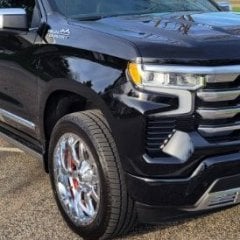
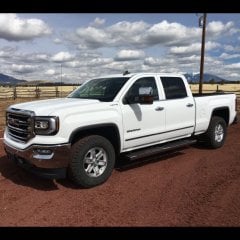


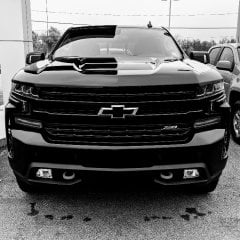

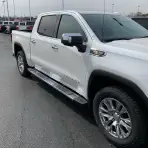
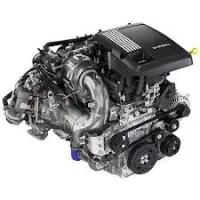



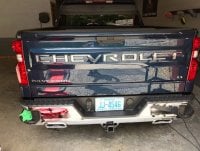

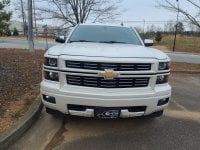
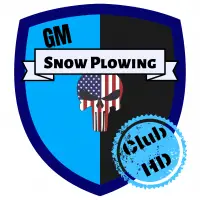

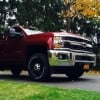
Recommended Posts
Archived
This topic is now archived and is closed to further replies.